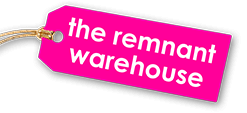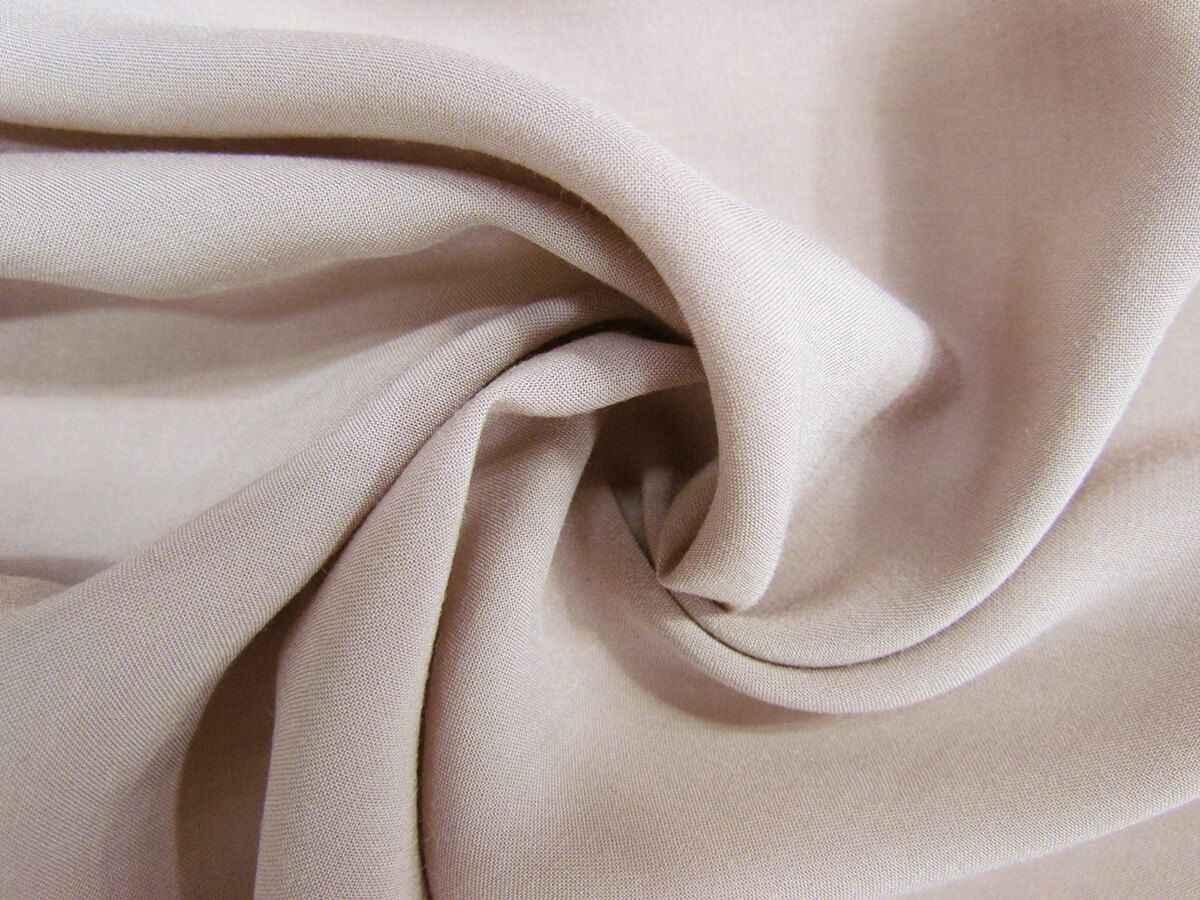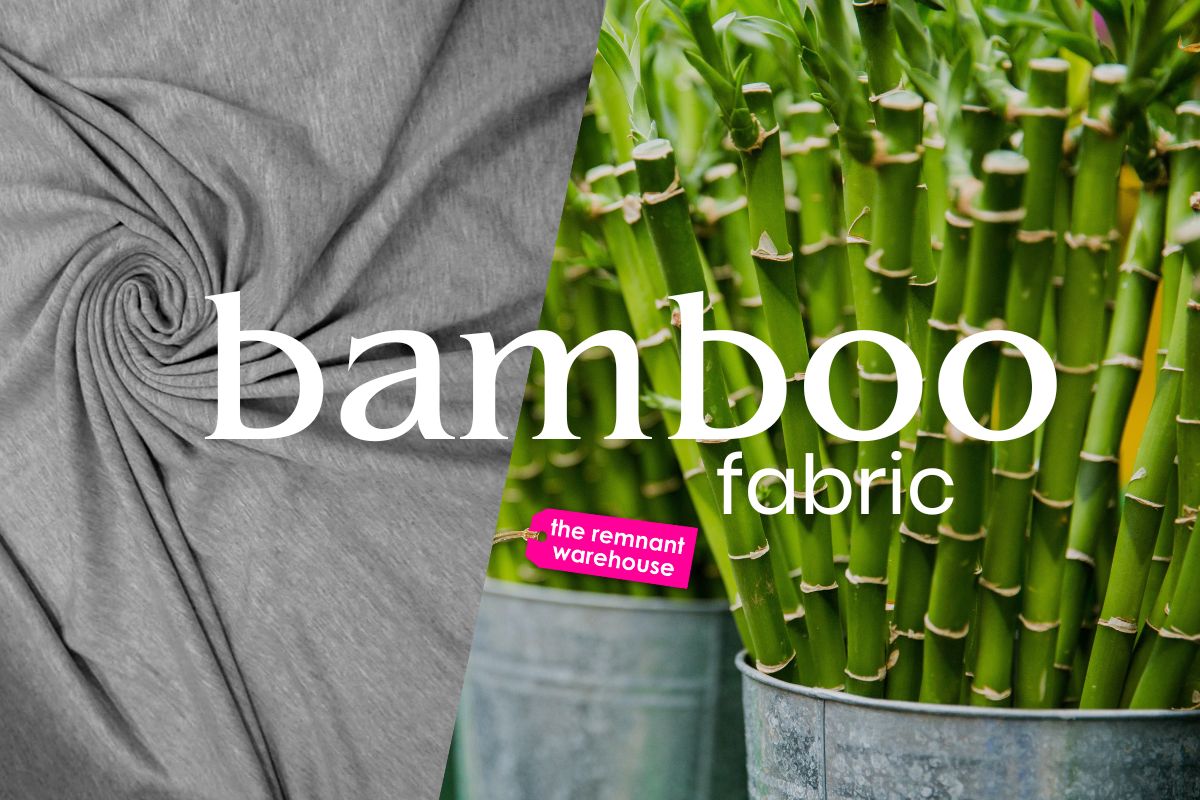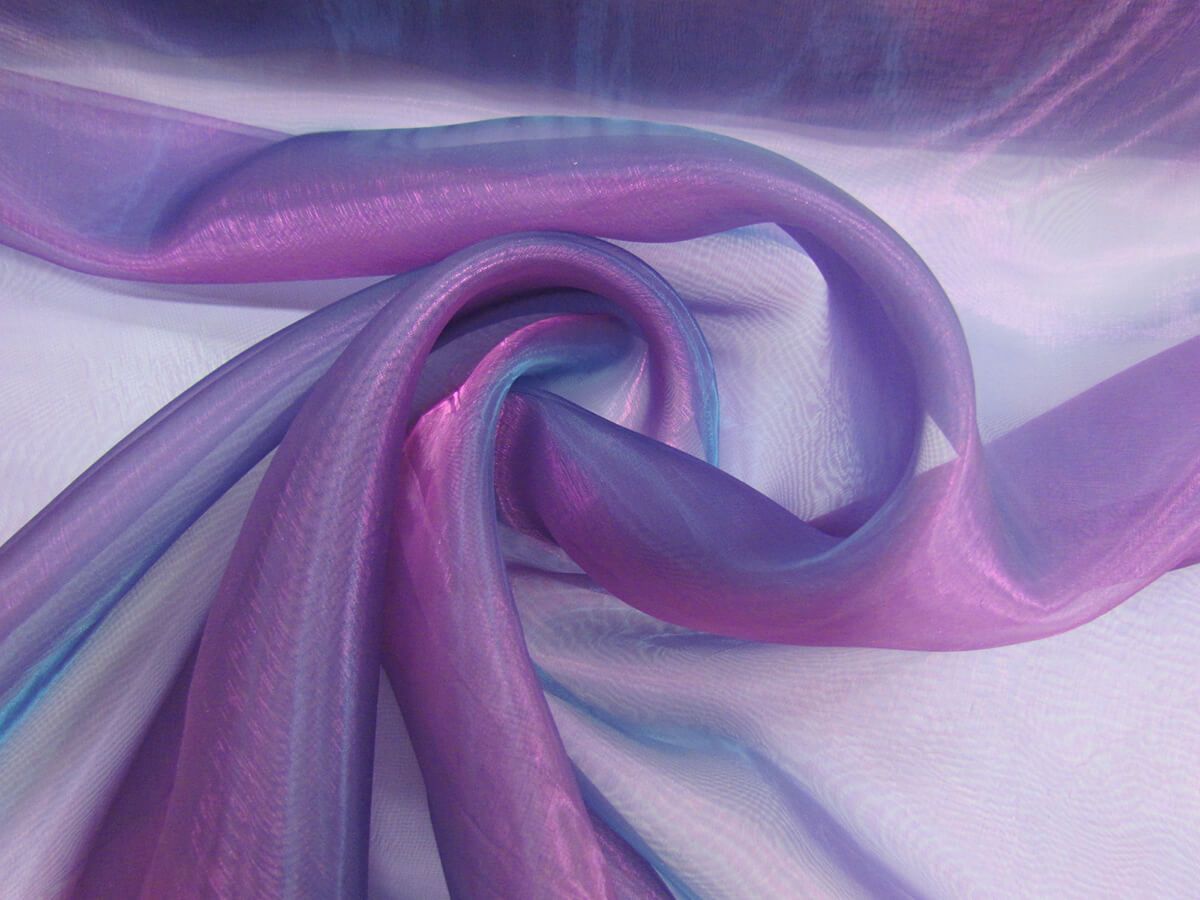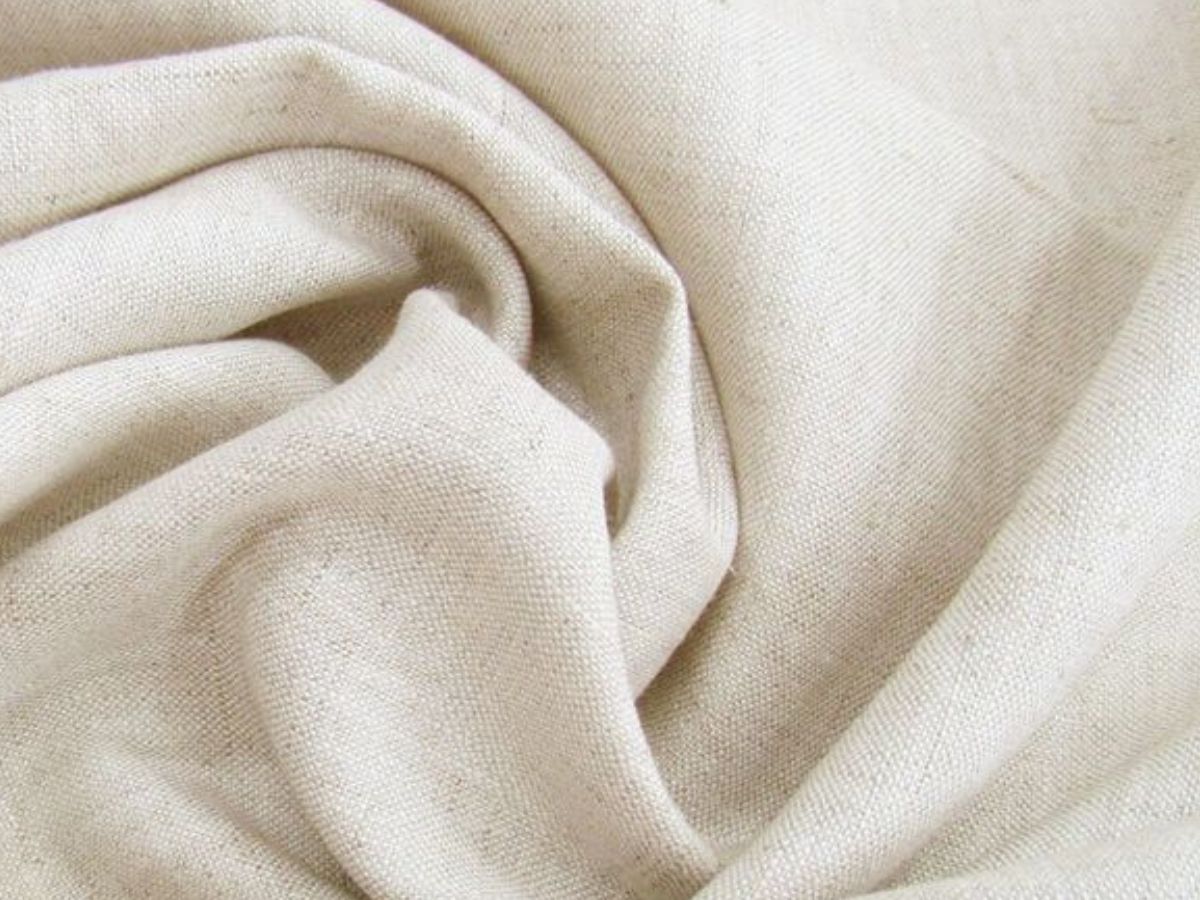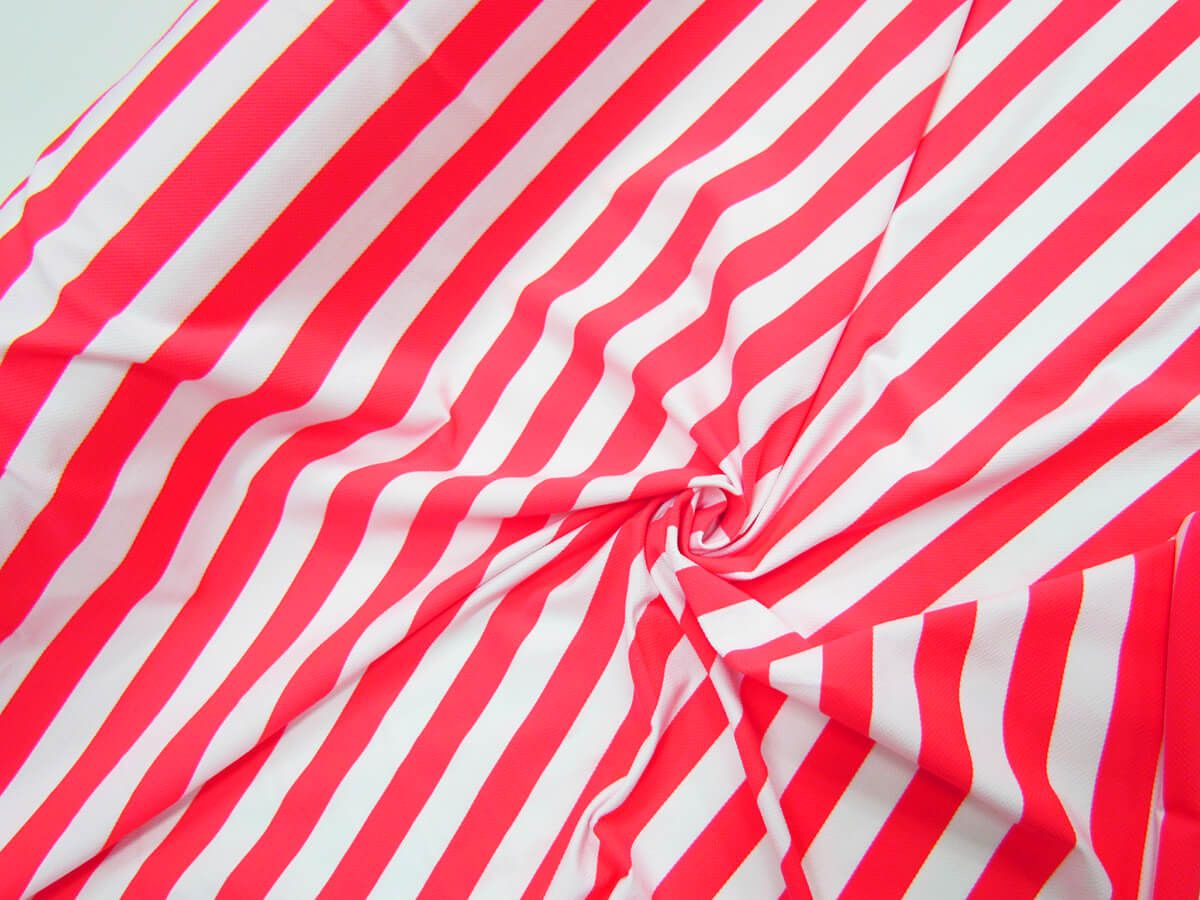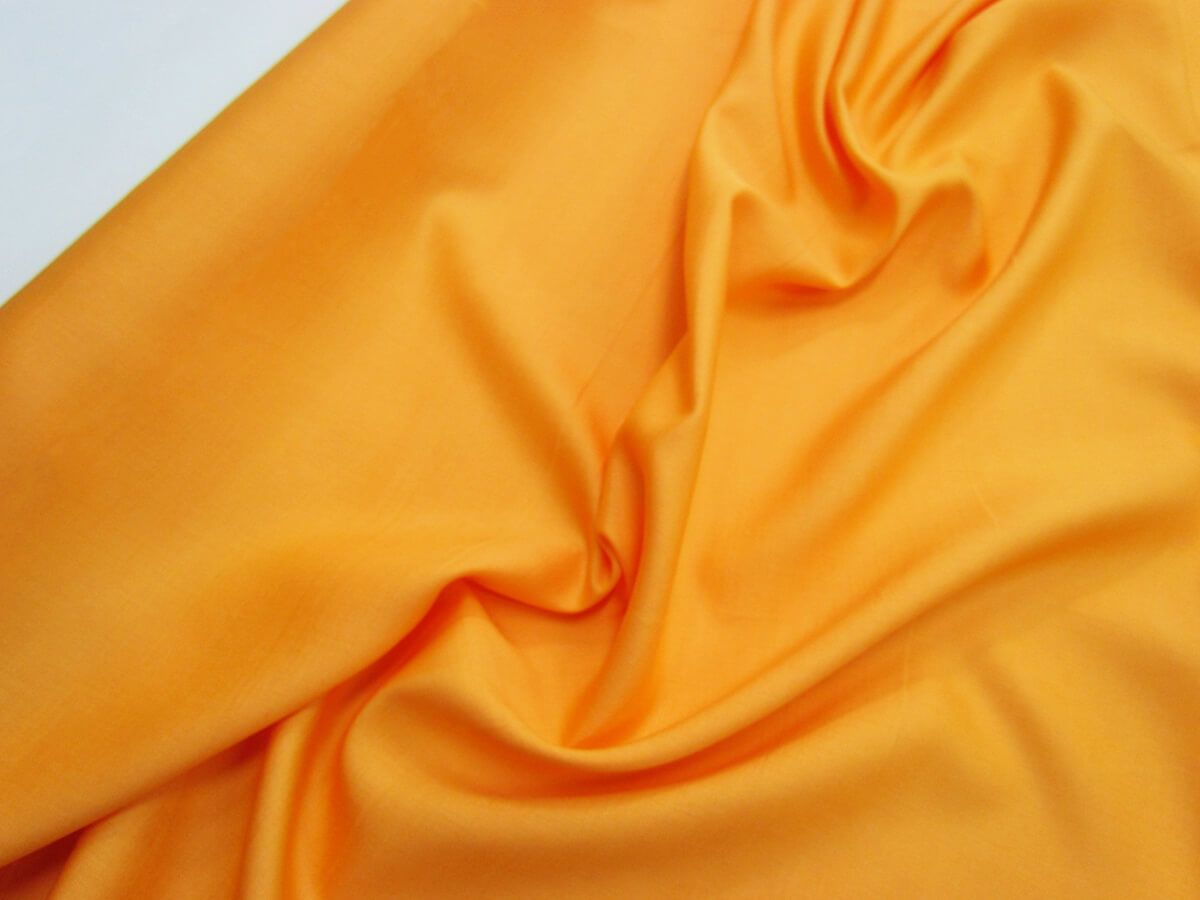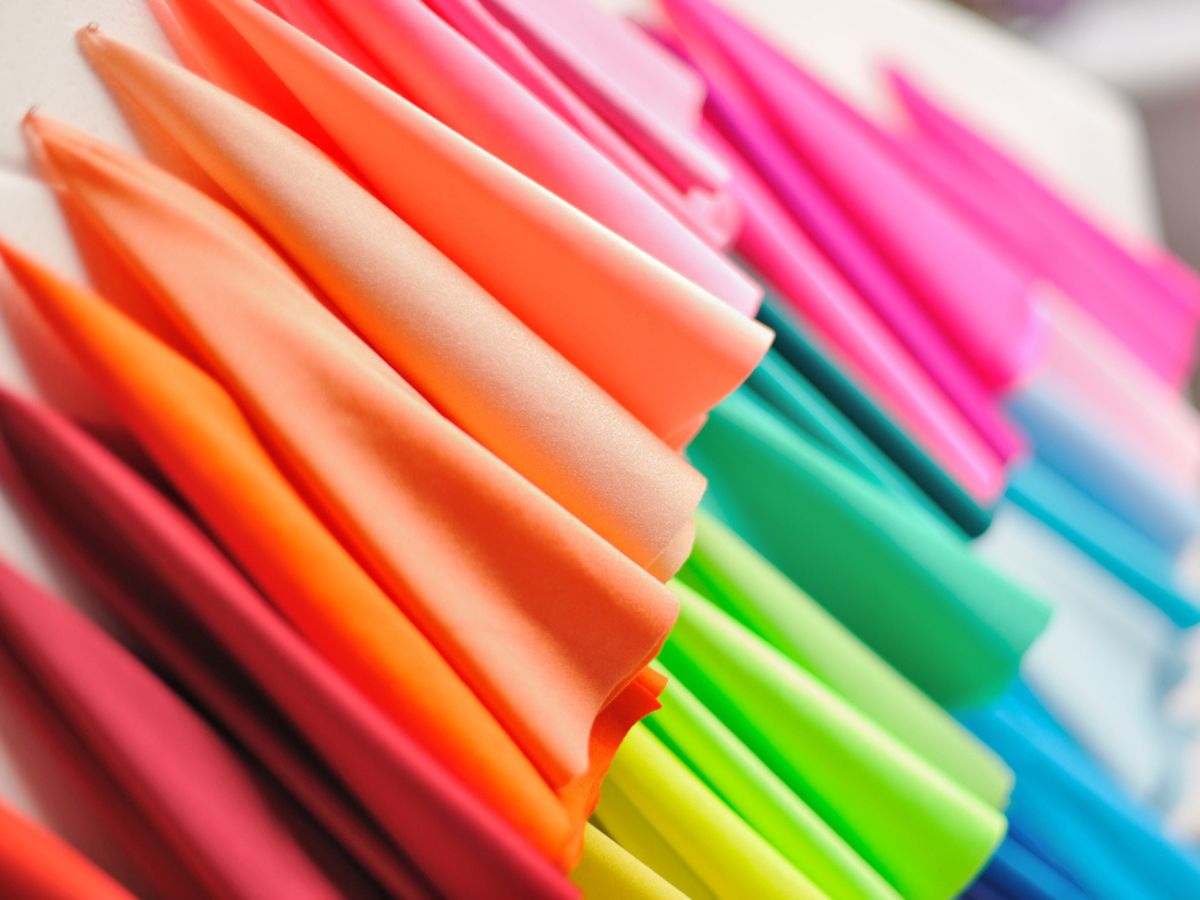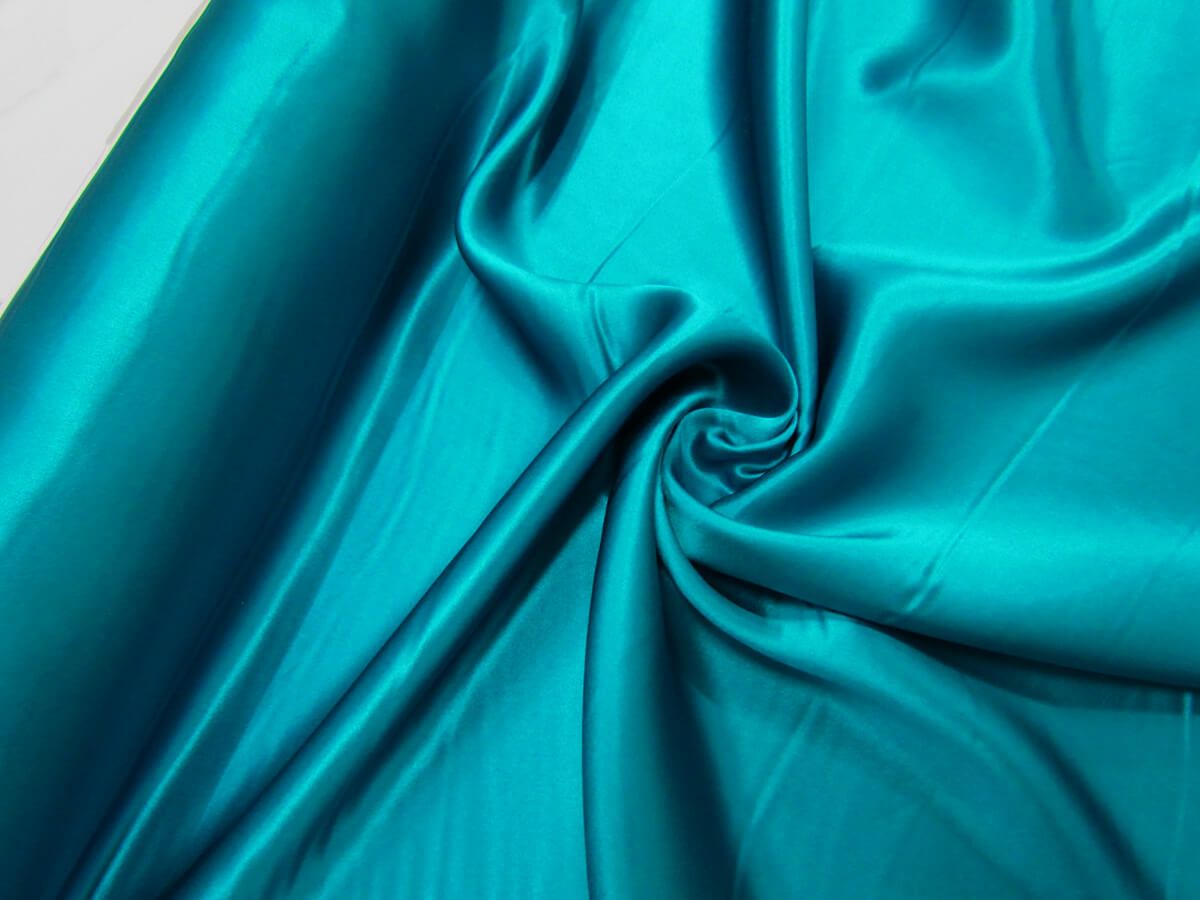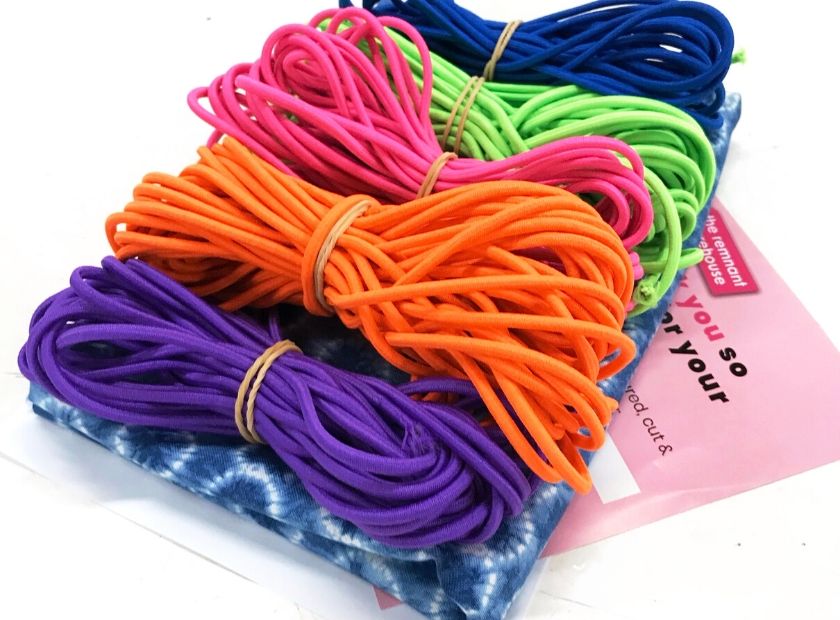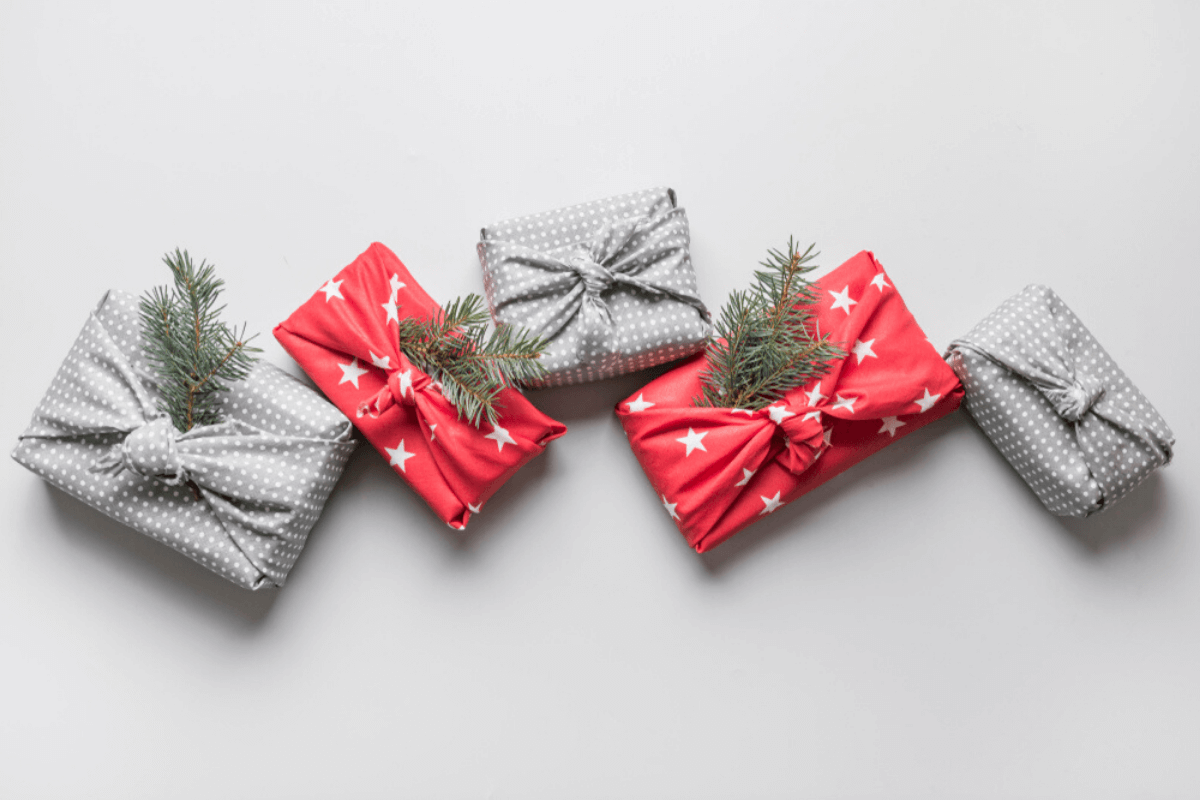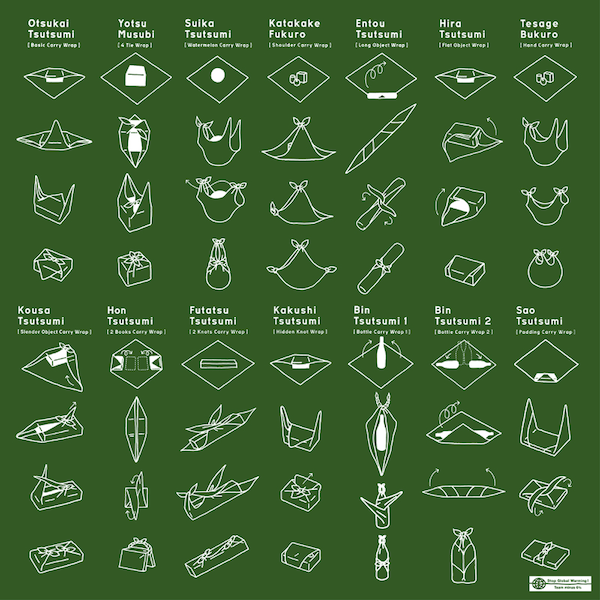-
July 17, 2024
Everything You Need to Know About Cupro
What is Cupro?
Cupro, short for cuprammonium rayon, is a regenerated cellulose fiber derived from cotton linter. Known for its luxurious feel and eco-friendly production process, cupro is gaining popularity in the fashion and textile industries. Cupro is a type of rayon fabric made from cellulose fibers extracted from cotton waste. It's known for its silky texture, breathability, and biodegradability. Often compared to silk and modal, cupro stands out due to its unique properties and sustainable production process.
The Benefits of Cupro
- Eco-Friendly: Cupro is produced from cotton waste, reducing waste in the textile industry. The production process also uses a closed-loop system, minimizing environmental impact.
- Luxurious Feel: Cupro has a soft, silky texture that feels luxurious against the skin. It's often used in high-end fashion due to its elegant drape
-
July 19, 2023
What is bamboo fabric?
Bamboo fabric is a type of fabric made from the fibers of the bamboo plant. Bamboo has gained popularity as a sustainable and eco-friendly alternative to traditional textiles like cotton or polyester.
Bamboo fabric has a unique and desirable feel that is often described as soft, silky, and luxurious. The texture of bamboo fabric can vary depending on the specific type of fabric weave or knitting used, as well as the finishing processes applied. However, some common characteristics of bamboo fabric include:
-
Softness: Bamboo fabric is known for its exceptional softness. It feels gentle and smooth against the skin, making it comfortable to wear, especially for sensitive skin.
-
Silk-like: Bamboo fabric often has a silky or lustrous appearance, similar to that of natural silk. This sheen contributes to its luxurious feel.
-
Cool and Breathable: Bamboo fabric has excellent moisture-wicking properties,
-
-
May 19, 2023
"Shot fabrics" typically refer to fabrics that have a shot effect or shot appearance. Shot fabrics are created by weaving together two different colored yarns or threads, usually in a plain weave or a satin weave structure.
How are shot fabrics made?
The two different colored yarns are interwoven in such a way that they create a distinct visual effect. The warp yarns (threads running lengthwise) are usually one color, while the weft yarns (threads running across the width) are a different color. As the fabric is woven, the different-colored yarns intersect, creating a subtle or dramatic color shift depending on the desired effect.
What are the benefits of shot fabrics?
The resulting fabric has a unique visual texture and can exhibit iridescent or shimmering qualities, as the two colors blend and reflect light differently. This shot effect is often used in textiles such as silk, taffeta, or other fine fabrics to add depth, richness, and visual interest.
-
February 15, 2023
What is Linen fabric
Linen is a type of fabric made from the fibres of the flax plant. It is known for its natural texture and breathable, cool feel, making it a popular choice for summer clothing, bedding, and table linens. Linen is durable and strong, and it becomes softer with each wash.
How is linen fabric made?
The process of making linen fabric can be broken down into the following steps:
-
Growing and harvesting flax: Flax plants are grown and harvested for their fibres.
-
Retting: The harvested flax plants are soaked in water to soften and separate the fibres from the stem. This process is called retting.
-
Breaking: The softened stalks are then mechanically crushed to separate the fibres from the woody stem.
-
Scutching: The fibres are then cleaned and straightened through a process called scutching.
-
-
February 08, 2023
What is Sublimation?
Sublimation is a printing method that uses heat and pressure to transfer dye into a material, producing a permanent, full-color image. The process involves printing a design onto sublimation transfer paper using specialised sublimation ink. The paper is then placed onto the material to be printed and subjected to heat and pressure. During this process, the dye on the transfer paper sublimates, or turns from a solid into a gas, and then re-condenses back into a solid, bonding with the fibres of the material to produce a high-quality, vibrant image. The most common materials used for sublimation printing are fabrics made of polyester and other synthetic fibres.
What fabrics are suitable for sublimation printing?
For sublimation printing, fabrics made of polyester, or a blend of polyester and other synthetic fibers (such as polyester with spandex or elastane), are best suited as they allow the dye to penetrate the fibres, resulting in a long-lasting,
-
February 04, 2023
What is Viscose?
Viscose is type of semi-synthetic cellulose fiber made from natural materials, typically wood pulp, through a chemical process. It has a soft, smooth feel and drapes well, making it a popular choice for clothing and textiles. Viscose can be produced to imitate the look of silk or cotton, which is why it has become such a popular choice for fashion designers at all price points.
The history of viscose
Viscose was invented in the late 19th century. The exact year of its invention is widely considered to be 1891, when British chemist and inventor Charles Frederick Cross, together with English chemist Edward John Bevan and Belgian chemist Claudius-Louis-Leonard Meldola, patented the process for producing viscose fibers.
Why is viscose a popular fashion fabric?
-
Softness and Drapability: Viscose has a soft, smooth feel and drapes well, making it a popular
-
-
February 03, 2023
What is Spandex?
Spandex, also known as elastane, is a synthetic fiber material that is known for its stretchability and elasticity. It is a type of polyurethane that is used in a variety of applications, including clothing, textiles, and industrial products. It is commonly used in athletic wear, swimwear, and other form-fitting clothing due to its ability to stretch and return to its original shape, providing comfort and ease of movement. Spandex fibers are strong and durable, making them resistant to tearing and wear.
Spandex was invented in the late 1950s by DuPont, an American chemical company.
What are the benefits of Spandex?
Spandex, also known as elastane, is widely used in the fashion industry due to several benefits including:
-
Stretchability: Spandex
-
-
February 01, 2023
What is Silk Fabric?
Silk is a natural protein fiber, produced by silkworms to build their cocoons. The fiber is obtained from the cocoons and is spun into a luxurious, soft, and shiny fabric that is widely used for clothing, bedding, and decor items. Silk is known for its drapability, luster, and strength, as well as its ability to regulate body temperature, making it a popular choice for high-end fashion and home textiles.
The History of Silk Fabric
Silk fabric has a long and rich history, dating back to ancient China over 5000 years ago. It is believed to have been discovered by the wife of the Yellow Emperor, Leizu, who discovered the secret of sericulture (silk production) and introduced it to the Chinese imperial court. Silk quickly became a luxury item, valued for its softness, shine, and beauty, and was used
-
April 04, 2020
The Remnant Warehouse Guide To Sourcing Materials & Information for Making Masks
READ THIS INFORMATION BEFORE COMING IN STORE TO PURCHASE MASK MAKING MATERIALS
Please do your research before you arrive.
We ask that you come in knowing exactly what you need as we need to limit the amount of time spent in store. We ask that any accompanying persons (husbands, wives, friends, kids etc) wait outside while you shop. Our staff won't be able to guide you through each step of making a mask and what fabrics you will need, as everything that you need to know about making masks can be found online through this post, as well as many other sewing websites. We will be able to point you in the direction of where to find our cotton fabrics and which elastics are available for purchase, but for all other information you can find it in this post.
Better yet, you can order everything that you need online and either have it delivered or
-
December 16, 2019
If you (like many of us) find yourself with excess fabrics and offcuts that you can't see yourself using in the near future, maybe you could use these fabrics as an alternative to wrapping paper.
The Japanese Ministry of the Environment has put together a PDF with diagrams on how to wrap common objects with a square of fabric. If you'd like to make your fabric wrapping extra festive, we have a number of gorgeous Christmas prints online - click here.
Click the image below to download the PDF
